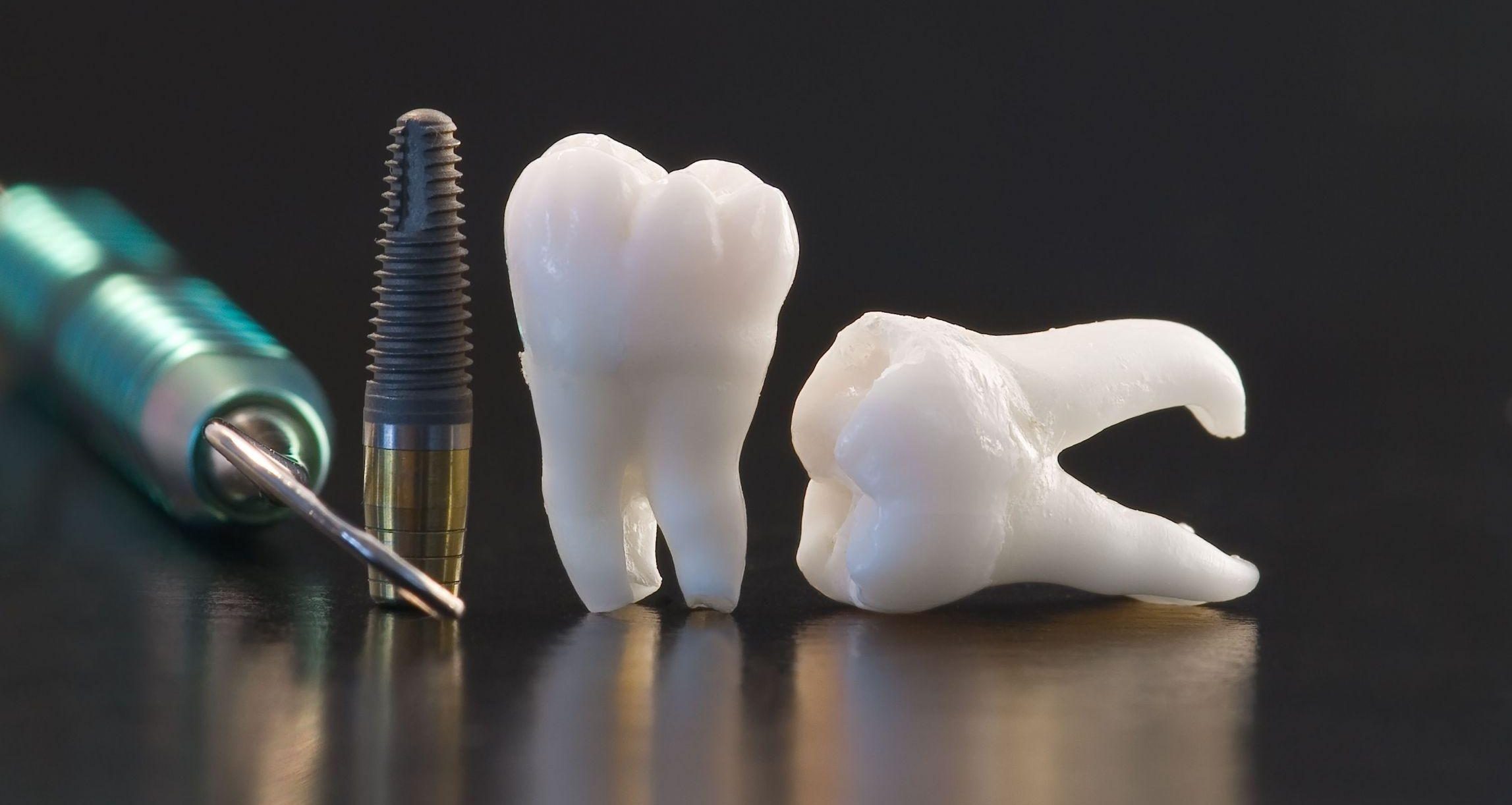Infected Carious Lesions- Ozone mediation
Caries Research
Infection Research Group, London Dental Institute, UK
Keywords: Diagnodent, Microflora, Occlusal Caries, Ozone therapy
Abstract (Ozone mediation)
“The ability of ozone to kill micro-organisms associated with non-cavitated occlusal caries was investigated. The occlusal surfaces were treated with ozone (n = 53) or air (n = 49) for 40 s, and the underlying infected dentine was exposed. There was no significant difference between the number of bacteria recovered from the ozone-treated and the control sites (p 1 0.1). Treatment of the exposed dentine with ozone resulted in a just significant (p = 0.044) reduction in bacterial counts. Ozone treatment of non-cavitated occlusal lesions for 40 s failed to significantly reduce the numbers of viable bacteria in infected dentine beneath the demineralized enamel.”(1) (Ozone mediation)
“Despite the recent promising reports regarding the decline in dental caries, the disease is still widely prevalent in many countries. Recently, the total number of claims in England and Wales for dental interventions in the financial year 2002/2003 was 34 million [Brazzelli et al., 2006]. Nowadays, pharmaceutical approaches to treat dental caries are desirable. The development of such approaches raises the possibility of caries treatment without drilling: an approach apparently much welcomed by patients. A novel concept for the treatment of dental caries using ozone gas, as a potent microbicide, has recently been introduced [Baysan et al., 2000; Baysan and Lynch, 2004, 2006]. Previous data had suggested that ozone delivered as a gas on root carious lesions [Baysan et al., 2004] or as ozonated water to bacteria in vitro [Baysan et al., 2000] was extremely bactericidal. Such effects would be expected if the gaseous ozone became dissolved in water since ozonated water is well established as an antimicrobial in many industrial situations [Kim et al., 1999]. Previous reports of the clinical use of ozone gas to treat carious lesions, including non-cavitated occlusal carious lesions, were critically evaluated in two recent independent reviews [Rickard et al., 2004; Brazzelli et al, 2006]. However, the treatment of non-cavitated occlusal caries with ozone gas has not been extensively investigated and the reports of the effects of ozone gas exposure on noncavitated occlusal lesions are not consistent. Exposure of occlusal carious lesions to ozone gas had no significant effect on caries status for the overall study population [Huth et al., 2005], but in the high current caries risk group there was a significant reduction in the clinical status of these lesions. Therefore. in this study, we determined the anitmicrobial effect of the application of ozone gas on the micro flora of infected dentine. In association with non-caviated occlusal carious and lesions, we subsequently determined the effect of ozone gas on the viability of bacteria on the exposed and infected teeth.”(1)
Materials and Methods (Ozone mediation)
- Selection of Teeth for Inclusion in the Study
Freshly extracted molar teeth were used in this study within 15 min of extraction; 1 tooth was used from each patient. Read More here.
2. Ozone Treatment of Non-Cavitated Occlusal Lesions
The 104 teeth were randomly allocated using a computer-generated random number table (http://www.random.org/) to either an ozone treatment group or to a no-treatment group. The teeth
in the ozone treatment group were exposed to ozone gas from the Healozone delivery system (Kavo) for 40 s according to the manufacturer’s instructions at room temperature. Immediately following ozone exposure, the enamel was removed from above the dentine using a sterile Jet 330 bur. The consistency, colour and wetness of the dentine were recorded [Kidd et al., 1993]. Subsequently, the dentine was sampled using a standardized procedure with a sterile round steel No. 3 bur, and the sample was placed into 1 ml of Fastidious Anaerobe Broth (Lab M, Bury, UK) and immediately transported to the laboratory for processing.
3. Microbiological Analysis of Dentine SamplesThe standardized dentine samples were dispersed by vortexing with sterile 3.5- to 4.5-mm-diameter glass beads (BDH, Lutterworth, UK) for 30 s. Read More here.
4. Data Analysis The numbers of bacteria in each dentine sample were calculated from the mean of the duplicate Fastidious Anaerobe Agar plate colony counts. Read More here.
Results and Discussion
Source






